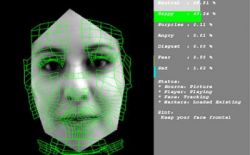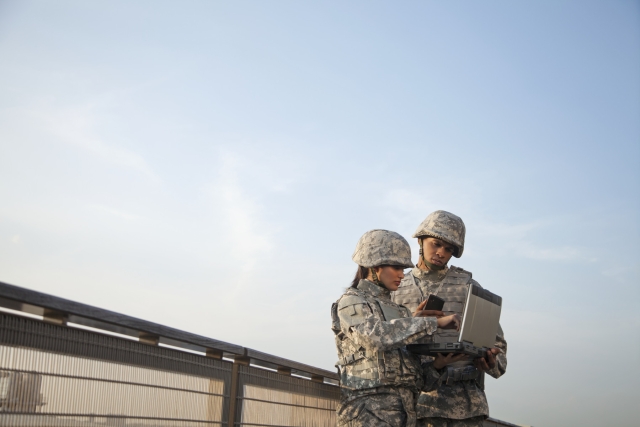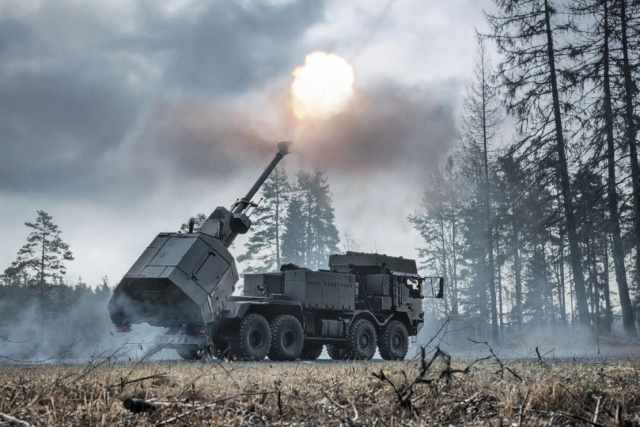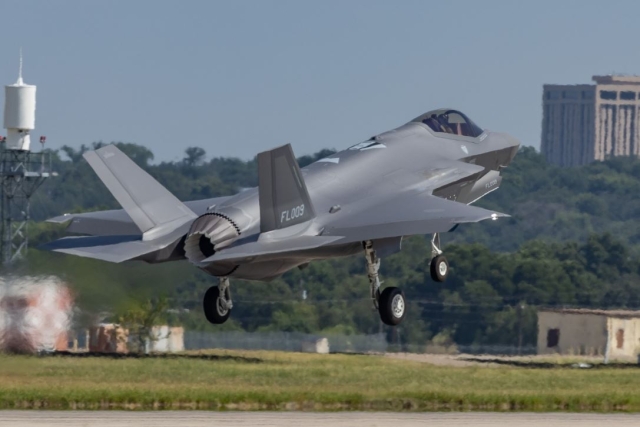New Facial Recognition Tech To Help US Target Specific Individuals

The US intelligence community is leaving no stone unturned to broaden the capabilities of Biometric face recognition software by encouraging programs from research arms like Intelligence Advanced Research Projects Agency (IARPA) and Federal Bureau of Investigation (FBI).
Earlier this month, FBI had requested for help in developing “a roadmap for the FBI's future video analytics architecture” as the agency prepares to make their high-tech surveillance abilities all the more powerful.
To accomplish as much, the agency is planning on hosting a “Video Processing and Analytics Industry Day” next month.
At present, the FBI is in full swing to deploy Next Generation Identification system, which will upgrade the bureau’s current fingerprint system to include ultra-specific biometric information on citizens, including information about their irises and other facial features.
By bringing similar facial-recognition technologies to the bureau’s headquarters, the FBI could develop the architecture that will allow federal law enforcement to monitor live video to look for persons of interest and then scour that data to single out individuals, as stated in Federal Business Opportunities website in October end.
At very recent, Intelligence Advanced Research Projects Agency (IARPA) has requested Janus project – "seeks to improve face recognition performance using representations developed from real-world video and images instead of from calibrated and constrained collections. During daily activities, people laugh, smile, frown, yawn and morph their faces into a broad variety of expressions. For each face, these expressions are formed from unique skeletal and musculature features that are similar through one's lifetime. Janus representations will exploit the full morphological dynamics of the face to enable better matching and faster retrieval."
Current facial recognition relies mostly on full-frontal, aligned facial views. But, in the words of Military & Aerospace Electronics, Janus will fuse “the rich spatial, temporal, and contextual information available from the multiple views captured by security cameras, cell phone cameras, news video, and other sources referred to as ‘media in the wild.’”
IARPA’s effort to significantly boost facial recognition capabilities "represents a quantum leap in the amount of surveillance taking place in public places,” said Jay Stanley, a senior policy analyst with the American Civil Liberties Union’s Speech, Privacy and Technology Project, as quoted by USA Today.
In September, the Department of Homeland Security tested a new facial recognition software, Biometric Optical Surveillance System, or BOSS – used to identify a person of interest among a massive crowd in just seconds.
The softwares are expected to roll out in 2014, if proved successful, it would mean that US intelligence agencies would be able to run advanced facial recognition over huge number of people, even if conditions or angles of the recording are less than ideal.










